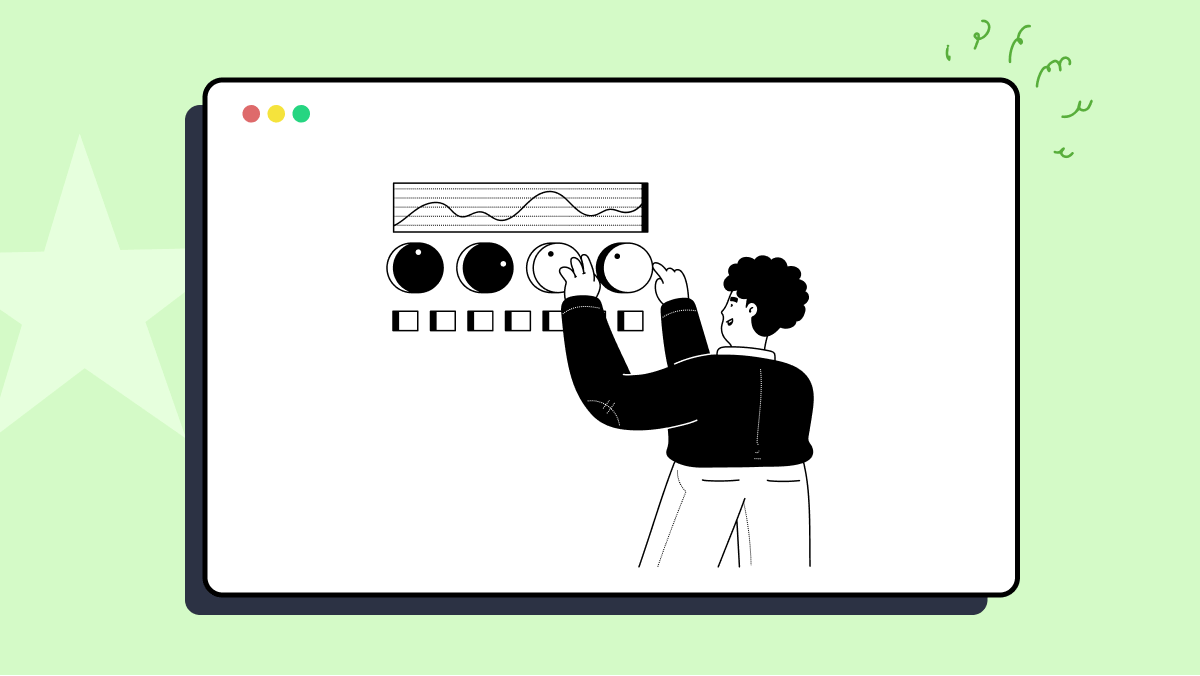How to use testStartServerBuilder method of com.consol.citrus.dsl.design.StartServerTestDesignerTest class
Best Citrus code snippet using com.consol.citrus.dsl.design.StartServerTestDesignerTest.testStartServerBuilder
Source: StartServerTestDesignerTest.java
...31 private Server server1 = Mockito.mock(Server.class);32 private Server server2 = Mockito.mock(Server.class);33 private Server server3 = Mockito.mock(Server.class);34 @Test35 public void testStartServerBuilder() {36 MockTestDesigner builder = new MockTestDesigner(applicationContext, context) {37 @Override38 public void configure() {39 start(testServer);40 start(server1, server2, server3);41 }42 };43 builder.configure();44 TestCase test = builder.getTestCase();45 Assert.assertEquals(test.getActionCount(), 2);46 Assert.assertEquals(test.getActions().get(0).getClass(), StartServerAction.class);47 Assert.assertEquals(test.getActions().get(1).getClass(), StartServerAction.class);48 49 StartServerAction action = (StartServerAction)test.getActions().get(0);...testStartServerBuilder
Using AI Code Generation
1import com.consol.citrus.dsl.design.TestDesigner;2import com.consol.citrus.dsl.design.TestDesignerRunner;3import com.consol.citrus.dsl.design.TestDesignerSupport;4import com.consol.citrus.dsl.design.TestServer;5import com.consol.citrus.dsl.design.TestServerBuilder;6import com.consol.citrus.dsl.design.TestServerBuilderSupport;7import com.consol.citrus.dsl.design.TestServerSupport;8import org.testng.annotations.Test;9public class StartServerTestDesignerTest {10 public void testStartServerBuilder() {11 TestDesigner builder = new TestDesignerRunner().createDesigner();12 builder.startServer(new TestServerBuilderSupport() {13 public TestServer build() {14 return new TestServerSupport() {15 public void start() {16 }17 };18 }19 });20 }21}22package com.consol.citrus.dsl.design;23import com.consol.citrus.dsl.builder.BuilderSupport;24import com.consol.citrus.dsl.builder.TestServerBuilder;25import com.consol.citrus.dsl.runner.TestRunner;26import com.consol.citrus.server.Server;27public class StartServerTestDesignerTest {28 public void testStartServerBuilder() {29 TestRunner builder = new TestRunner();30 builder.startServer(new BuilderSupport<TestServerBuilder>() {31 public void configure(TestServerBuilder builder) {32 builder.server(new Server() {33 public void start() {34 }35 });36 }37 });38 }39}40package com.consol.citrus.dsl.design;41import com.consol.citrus.dsl.builder.BuilderSupport;42import com.consol.citrus.dsl.builder.TestServerBuilder;43import com.consol.citrus.dsl.runner.TestRunner;44import com.consol.citrus.server.Server;45public class StartServerTestDesignerTest {46 public void testStartServerBuilder() {47 TestRunner builder = new TestRunner();48 builder.startServer(new BuilderSupport<TestServerBuilder>() {49 public void configure(TestServerBuilder builder) {50 builder.server(new Server() {51 public void start() {52 }53 });54 }55 });56 }57}58package com.consol.citrus.dsl.design;59import com.consol.citrus.dsl.builder.BuildertestStartServerBuilder
Using AI Code Generation
1public static void testStartServerBuilder() {2 StartServerTestDesigner builder = new StartServerTestDesigner();3 builder.startServer(new TomcatServer("tomcat"));4 }5public static void testStartServerBuilder() {6 StartServerTestDesigner builder = new StartServerTestDesigner();7 builder.startServer(new TomcatServer("tomcat"))8 .http(builder -> builder.server("tomcat")9 .receive()10 .get())11 .stopServer("tomcat");12 }13public static void testStartServerBuilder() {14 StartServerTestDesigner builder = new StartServerTestDesigner();15 builder.startServer(new TomcatServer("tomcat"))16 .http(builder -> builder.server("tomcat")17 .receive()18 .get())19 .stopServer("tomcat");20 }21public static void testStartServerBuilder() {22 StartServerTestDesigner builder = new StartServerTestDesigner();23 builder.startServer(new TomcatServer("tomcat"))24 .http(builder -> builder.server("tomcat")25 .receive()26 .get())27 .stopServer("tomcat");28 }29public static void testStartServerBuilder() {testStartServerBuilder
Using AI Code Generation
1[INFO] --- maven-clean-plugin:2.5:clean (default-clean) @ citrus ---2[INFO] --- maven-resources-plugin:2.6:resources (default-resources) @ citrus ---3[INFO] --- maven-compiler-plugin:3.1:compile (default-compile) @ citrus ---4[INFO] --- maven-resources-plugin:2.6:testResources (default-testResources) @ citrus ---5[INFO] --- maven-compiler-plugin:3.1:testCompile (default-testCompile) @ citrus ---6[INFO] --- maven-surefire-plugin:2.12.4:test (default-test) @ citrus ---Blogs
Check out the latest blogs from LambdaTest on this topic:
The key to successful test automation is to focus on tasks that maximize the return on investment (ROI), ensuring that you are automating the right tests and automating them in the right way. This is where test automation strategies come into play.
In general, software testers have a challenging job. Software testing is frequently the final significant activity undertaken prior to actually delivering a product. Since the terms “software” and “late” are nearly synonymous, it is the testers that frequently catch the ire of the whole business as they try to test the software at the end. It is the testers who are under pressure to finish faster and deem the product “release candidate” before they have had enough opportunity to be comfortable. To make matters worse, if bugs are discovered in the product after it has been released, everyone looks to the testers and says, “Why didn’t you spot those bugs?” The testers did not cause the bugs, but they must bear some of the guilt for the bugs that were disclosed.
Automating testing is a crucial step in the development pipeline of a software product. In an agile development environment, where there is continuous development, deployment, and maintenance of software products, automation testing ensures that the end software products delivered are error-free.
These days, development teams depend heavily on feedback from automated tests to evaluate the quality of the system they are working on.
Automation Testing Tutorials
Learn to execute automation testing from scratch with LambdaTest Learning Hub. Right from setting up the prerequisites to run your first automation test, to following best practices and diving deeper into advanced test scenarios. LambdaTest Learning Hubs compile a list of step-by-step guides to help you be proficient with different test automation frameworks i.e. Selenium, Cypress, TestNG etc.
LambdaTest Learning Hubs:
- JUnit Tutorial
- TestNG Tutorial
- Webdriver Tutorial
- WebDriverIO Tutorial
- Protractor Tutorial
- Selenium 4 Tutorial
- Jenkins Tutorial
- NUnit Tutorial
- Jest Tutorial
- Playwright Tutorial
- Cypress Tutorial
- PyTest Tutorial
YouTube
You could also refer to video tutorials over LambdaTest YouTube channel to get step by step demonstration from industry experts.
Most used method in StartServerTestDesignerTest
Try LambdaTest Now !!
Get 100 minutes of automation test minutes FREE!!



